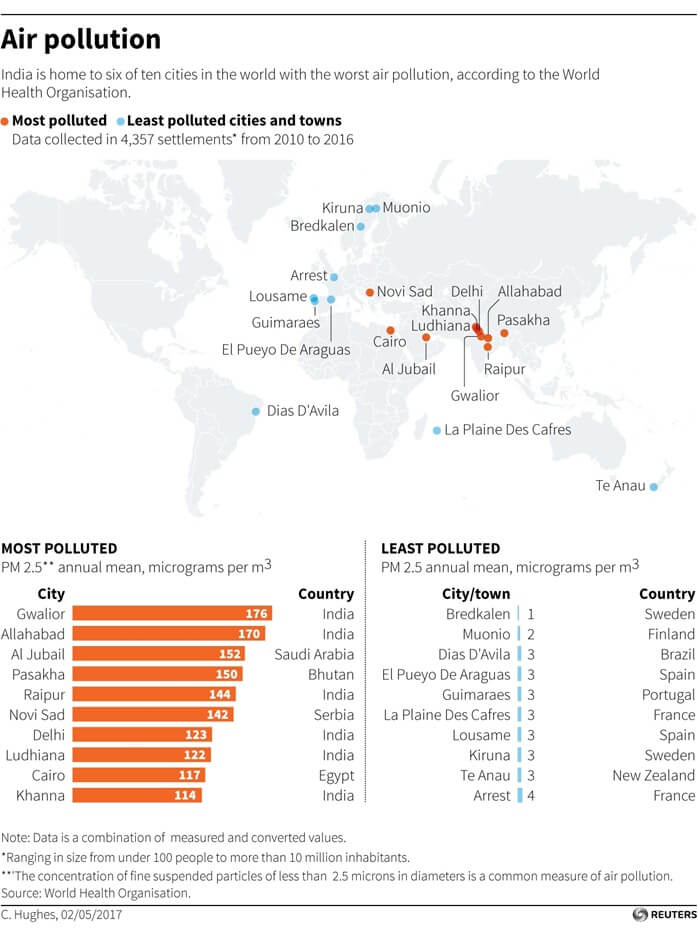The air in the big cities of the world, alas, does not give off frosty freshness. Moreover, from year to year, the air quality in megacities continues to deteriorate. And one of them even earned the title of "the dirtiest city in the world." This is recorded by the World Health Organization (WHO) in the database of which there are over 4300 cities.
WHO experts say that nine out of ten people on the planet breathe heavily polluted air. Because of this, seven million people die every year, mostly from poor countries in Asia and Africa.
Here is a list of the dirtiest cities in the world. It is based on data on the average annual PM2.5 - particles of 2.5 micrometers or even smaller diameter. It is so small that it can enter the alveoli and cause serious health problems.
10. Hannah, India - 114 micrograms PM2.5 per cubic meter
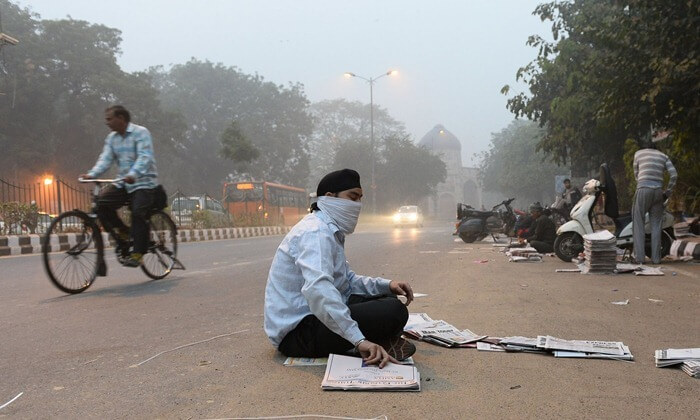 This ancient city, which began 500 years ago, is currently the largest grain market in Asia. In addition, it is known for the annual level of fine particulate matter PM2.5 is 114 micrograms per cubic meter, which is much higher than the WHO recommendation of no more than 10 μg / m3.
This ancient city, which began 500 years ago, is currently the largest grain market in Asia. In addition, it is known for the annual level of fine particulate matter PM2.5 is 114 micrograms per cubic meter, which is much higher than the WHO recommendation of no more than 10 μg / m3.
9.Cairo, Egypt - 117 μg / m3
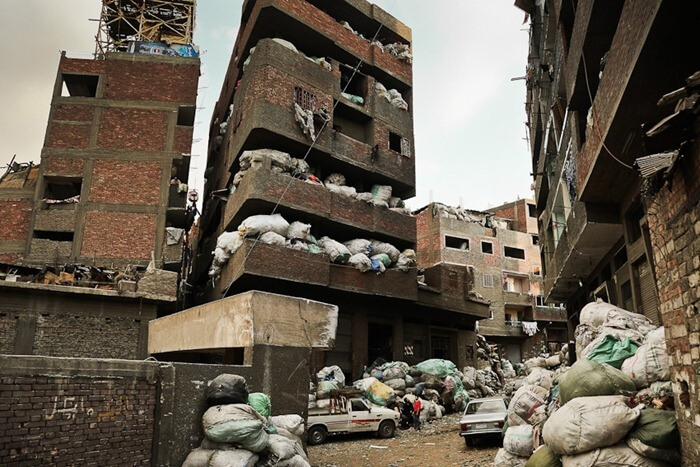 Egypt's overcrowded capital suffers from many environmental problems such as noise pollution and chemical emissions from thousands of factories and factories, desert dust that blankets the entire city, and poor waste management.
Egypt's overcrowded capital suffers from many environmental problems such as noise pollution and chemical emissions from thousands of factories and factories, desert dust that blankets the entire city, and poor waste management.
The latter problem is especially acute in the so-called "city of scavengers" - a suburb of Cairo, where "zaballins" live, sorting garbage mainly by hand. There are frequent outbreaks of hepatitis, and even cases of leprosy (leprosy) have been recorded.
8. Ludhiana, India - 122 μg / m3
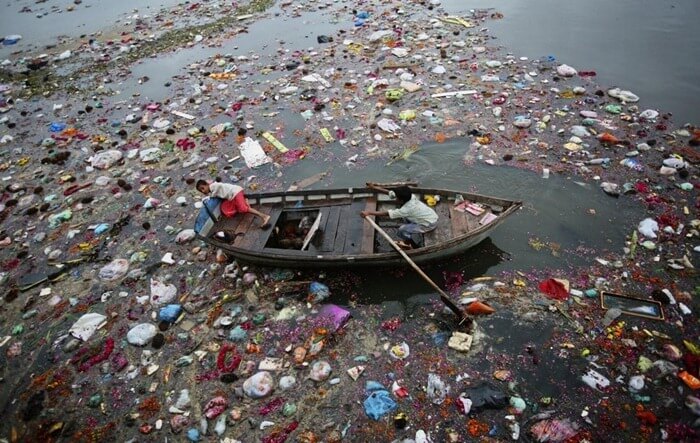 One of the dirtiest cities in the world suffers not only from air pollution, but also from water pollution. The industrial enterprises are to blame for this, of which there are a lot in Ludhiana. Ironically, they also provided the city with the fame of one of the richest in India.
One of the dirtiest cities in the world suffers not only from air pollution, but also from water pollution. The industrial enterprises are to blame for this, of which there are a lot in Ludhiana. Ironically, they also provided the city with the fame of one of the richest in India.
Ludhiana is the largest bicycle manufacturing center in Asia; it also produces many parts for German cars BMW and Mercedes.
7. Delhi - 123 mcg / m3
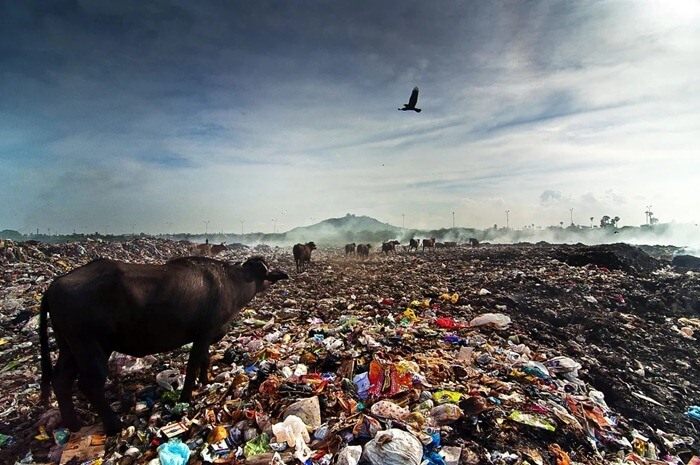 Currently, there is no such thing as fresh air in the Indian capital. Overpopulation (this problem is acute for most megacities), heaps of garbage, a large amount of public and personal transport lead to the fact that the ecology in Delhi is considered one of the worst on the planet. Not only people suffer from this, but also animals and plants. About 2,530 animal species and 366 plants in India are endangered.
Currently, there is no such thing as fresh air in the Indian capital. Overpopulation (this problem is acute for most megacities), heaps of garbage, a large amount of public and personal transport lead to the fact that the ecology in Delhi is considered one of the worst on the planet. Not only people suffer from this, but also animals and plants. About 2,530 animal species and 366 plants in India are endangered.
In November 2017, Delhi was under a dense cloud of dirty gray smog for several days, which even had to close schools. This was facilitated by four factors at once:
- climatic - high humidity coupled with strong wind;
- cultural - holding a festival of lights, during which people launched fireworks and detonated firecrackers;
- social - burning garbage in poor neighborhoods, people tried to somehow warm up;
- anthropogenic - the work of the Badarpur coal-fired power plant, burning of garbage and residues of vegetation in the fields, demolition of buildings.
As a result, the level of air pollution at this time exceeded the standards established by WHO by at least 30 times.
6. Novi Sad, Serbia - 142 μg / m3
 Surprisingly, in the sixth place in the ranking of "dirty cities" is not the Indian, and not even the African metropolis, but a city located in the north of Serbia. It is a major industrial and financial center of the country. Many tourists call it one of the most beautiful in Serbia. However, fetid landfills and debris on the side of the roads spoil the idyllic picture that can be seen walking through the well-kept city center.
Surprisingly, in the sixth place in the ranking of "dirty cities" is not the Indian, and not even the African metropolis, but a city located in the north of Serbia. It is a major industrial and financial center of the country. Many tourists call it one of the most beautiful in Serbia. However, fetid landfills and debris on the side of the roads spoil the idyllic picture that can be seen walking through the well-kept city center.
5. Raipur, India - 144 μg / m3
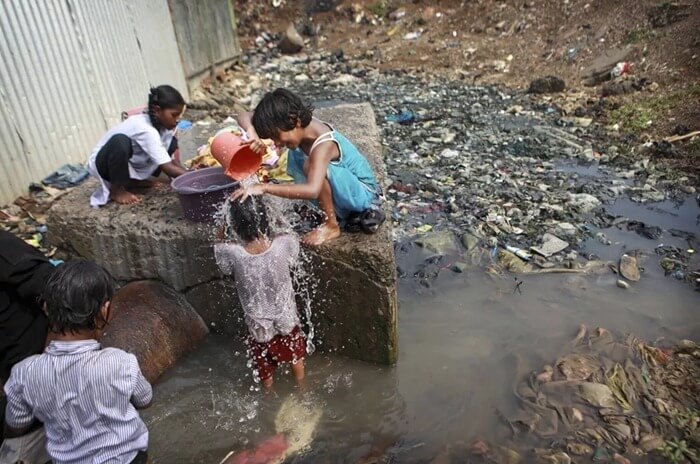 Raipur's population is growing steadily and the city is struggling to meet their sanitation needs. And cement plants and enterprises for the production and processing of marble and granite generously "supply" the air with chemical emissions.
Raipur's population is growing steadily and the city is struggling to meet their sanitation needs. And cement plants and enterprises for the production and processing of marble and granite generously "supply" the air with chemical emissions.
4. Pasakha, Bhutan - 150 mcg / m3
 The city in the southern part of Bhutan is the only industrial city in the country as it has several heavy industries. The Tashi Group, the largest privately held company in Bhutan, operates a chemical plant, a ferroalloy plant and a soft drink plant. There are 26 factories in the city.
The city in the southern part of Bhutan is the only industrial city in the country as it has several heavy industries. The Tashi Group, the largest privately held company in Bhutan, operates a chemical plant, a ferroalloy plant and a soft drink plant. There are 26 factories in the city.
As a side effect of their activities, the city is suffocated by bad air and lack of water as it is required to service businesses.
3. Jubail, Saudi Arabia - 152 mcg / m3
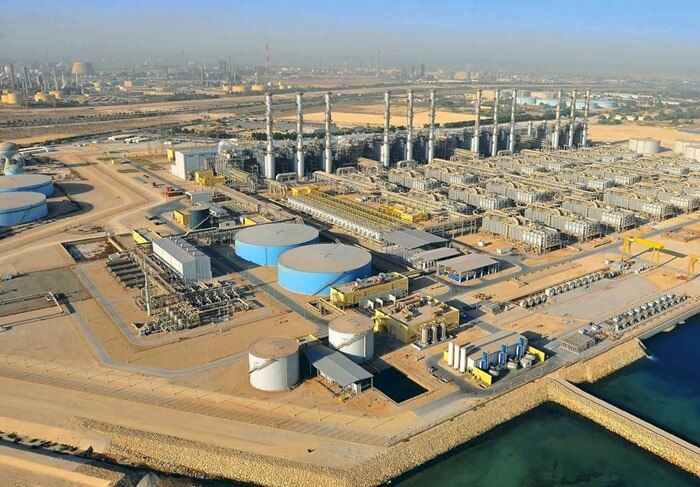 Oil is a word inextricably linked to the city of Jubail. While the many factories producing lubricating oils, gasoline and diesel are not very useful for the urban atmosphere, they are useful for the country's budget.
Oil is a word inextricably linked to the city of Jubail. While the many factories producing lubricating oils, gasoline and diesel are not very useful for the urban atmosphere, they are useful for the country's budget.
Despite the filthy air, Al Jubail is one of the most developed cities in Saudi Arabia. There are also lagoons with beaches and picturesque gardens that are irrigated with desalinated water.
2. Allahabad, India - 170 μg / m3
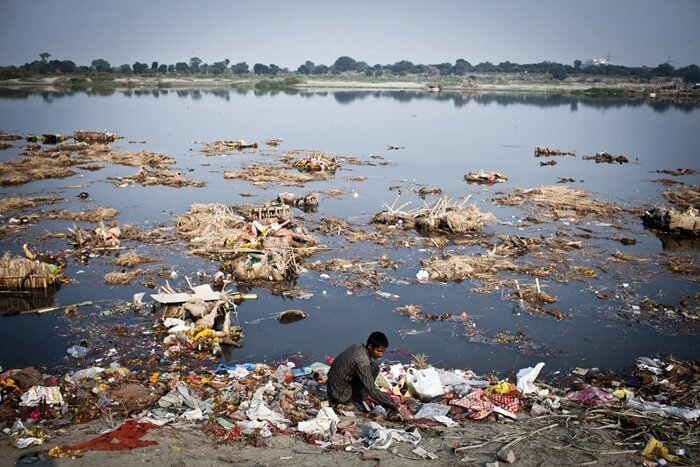 The birthplace of the prominent politician Jawaharlal Nehru and one of the most important places for Indian pilgrims has the beautiful name "Garden of Allah" (translated from Arabic and Persian).
The birthplace of the prominent politician Jawaharlal Nehru and one of the most important places for Indian pilgrims has the beautiful name "Garden of Allah" (translated from Arabic and Persian).
However, the city is located at the confluence of the Ganges and Yamuna rivers - some of the dirtiest rivers on Earth. One has only to look at the photo of the waters of the Yamuna River - one of the the most toxic water bodies in the world - to create associations with a giant dump, and not with a sacred garden. Swimming in it is comparable to swimming in untreated sewage. The Ganges (with the exception of places close to the source) and even worse, only a reckless or very pious person can take a bath in it.
The frantic road traffic and the lack of green space also contribute to air pollution in Allahabad.
1. Gwalior, India, 176 μg / m3
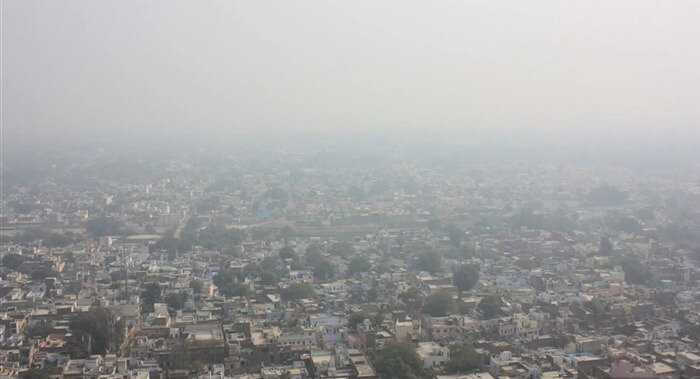 Here is the WHO's answer to the question of which city is the dirtiest in the world. In a previous report, Zabol in Iran was named the most polluted city. However, according to the latest version of the WHO database, Zabol has reduced pollution levels by four times and now appears cleaner than the Australian capital Canberra.
Here is the WHO's answer to the question of which city is the dirtiest in the world. In a previous report, Zabol in Iran was named the most polluted city. However, according to the latest version of the WHO database, Zabol has reduced pollution levels by four times and now appears cleaner than the Australian capital Canberra.
Many residents of Gwalior suffer from waterborne infectious diseases because the liquid they drink comes from contaminated areas. Huge natural landfills, overcrowding and noise pollution also contribute to the risk of serious health problems.
In Russia, there is no data on the quality of street air, since stations collecting such data are only in Moscow. However, in 2018 the Ministry of Natural Resources and Environment amounted to list of the most ecologically unfavorable Russian cities and proposed a bill on environmental information. We can only hope that measures to improve the environment in Russia will allow citizens to breathe deeply without fear for their well-being.



